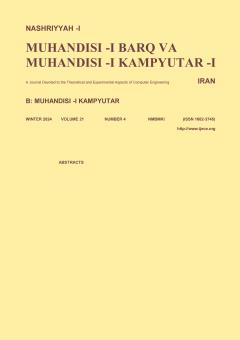-
-
List of Articles
-
Open Access Article
1 - Designing a Secure Consensus Algorithm for Use in Blockchain
Hosein Badri Masumeh Safkhani -
Open Access Article
2 - A New Parallel Method to Verify the Packets Forwarding in SDN Networks
Rozbeh Beglari Hakem Beitollahi -
Open Access Article
3 - Machine Learning-Based Security Resource Allocation for Defending against Attacks in the Internet of Things
Nasim Navaei Vesal Hakami -
Open Access Article
4 - Friendship Selection Based on Social Features in Social Internet of Things
Mohammad Mahdian S.Mojtaba Matinkhah -
Open Access Article
5 - Combination of Instance Selection and Data Augmentation Techniques for Imbalanced Data Classification
Parastoo Mohaghegh Samira Noferesti Mehri Rajaei -
Open Access Article
6 - Spam Detection in Twitter by Ensemble Learning Approach
Maryam Fasihi Mohammad Javad shayegan zahra hosieni zahra sejdeh -
Open Access Article
7 - Optimization of Initial States for Adiabatic Quantum Computing in a Quantum Algorithm
Arash Karimkhani Amir Ghal’e
-
The rights to this website are owned by the Raimag Press Management System.
Copyright © 2017-2025







